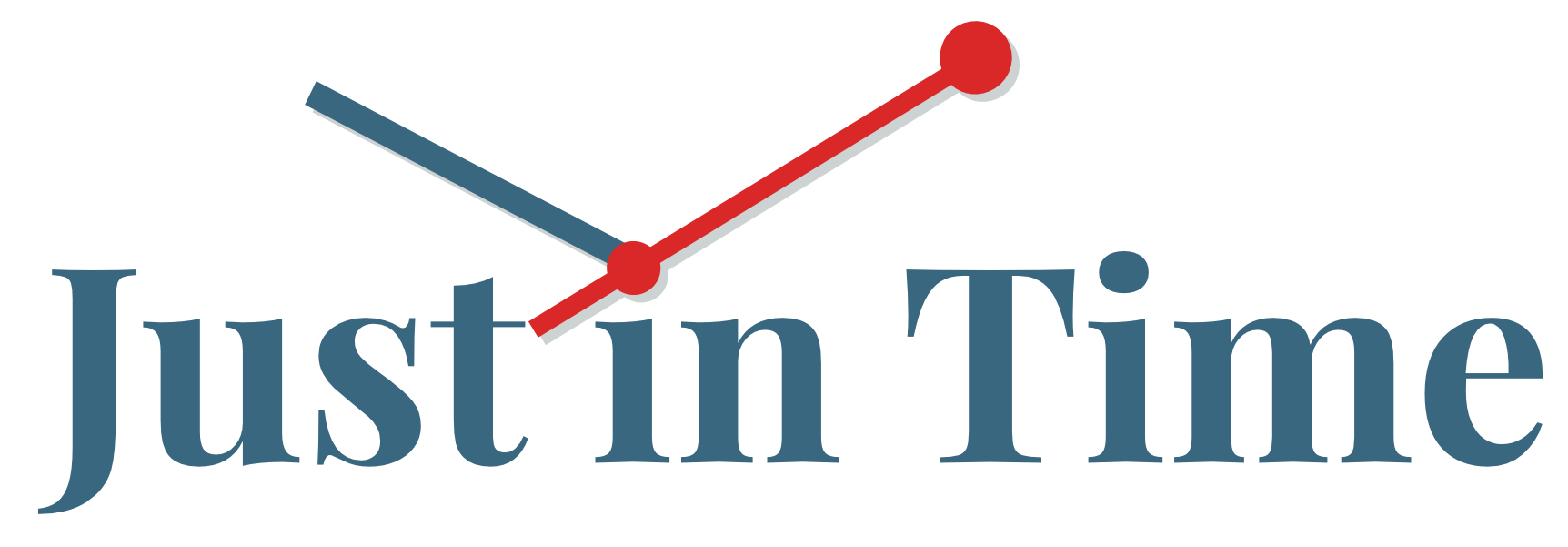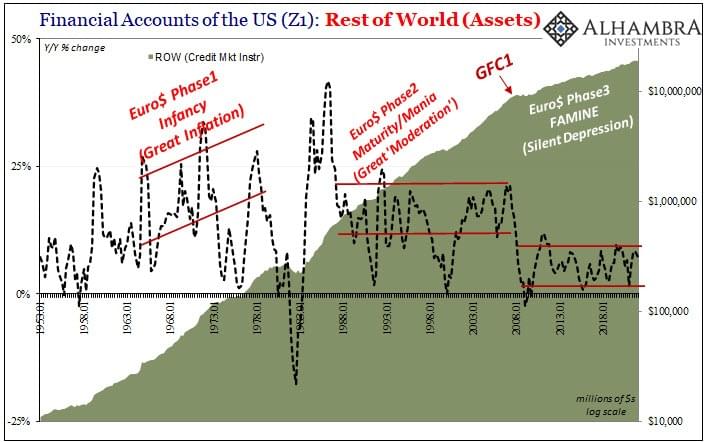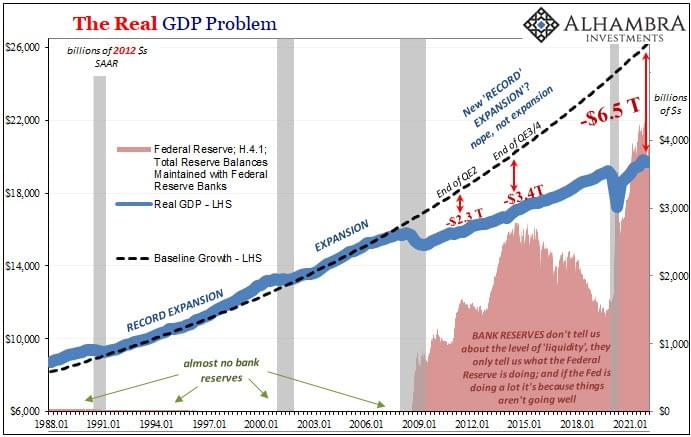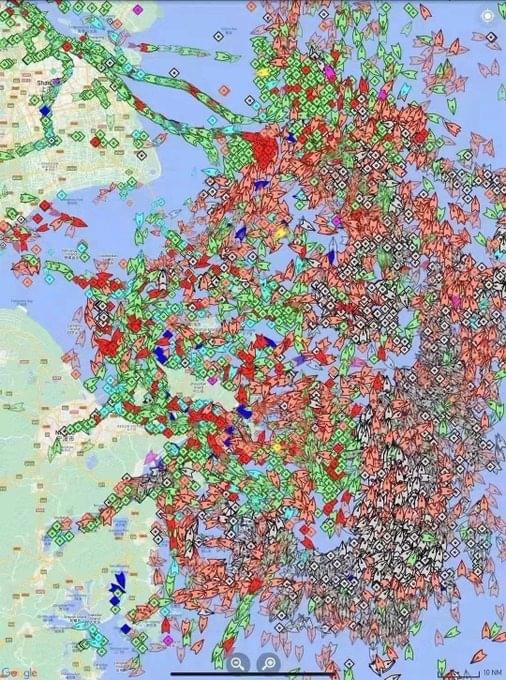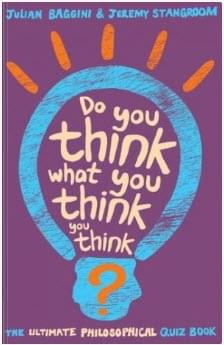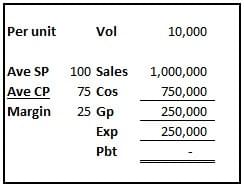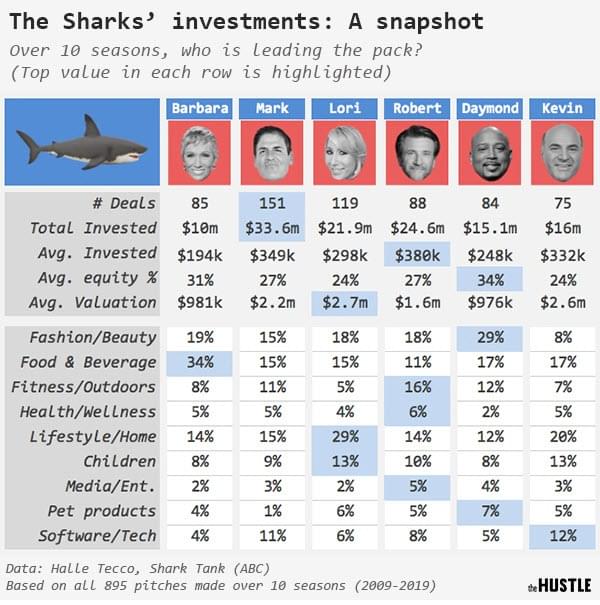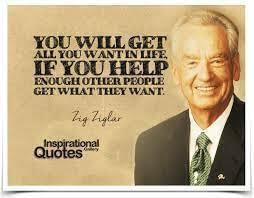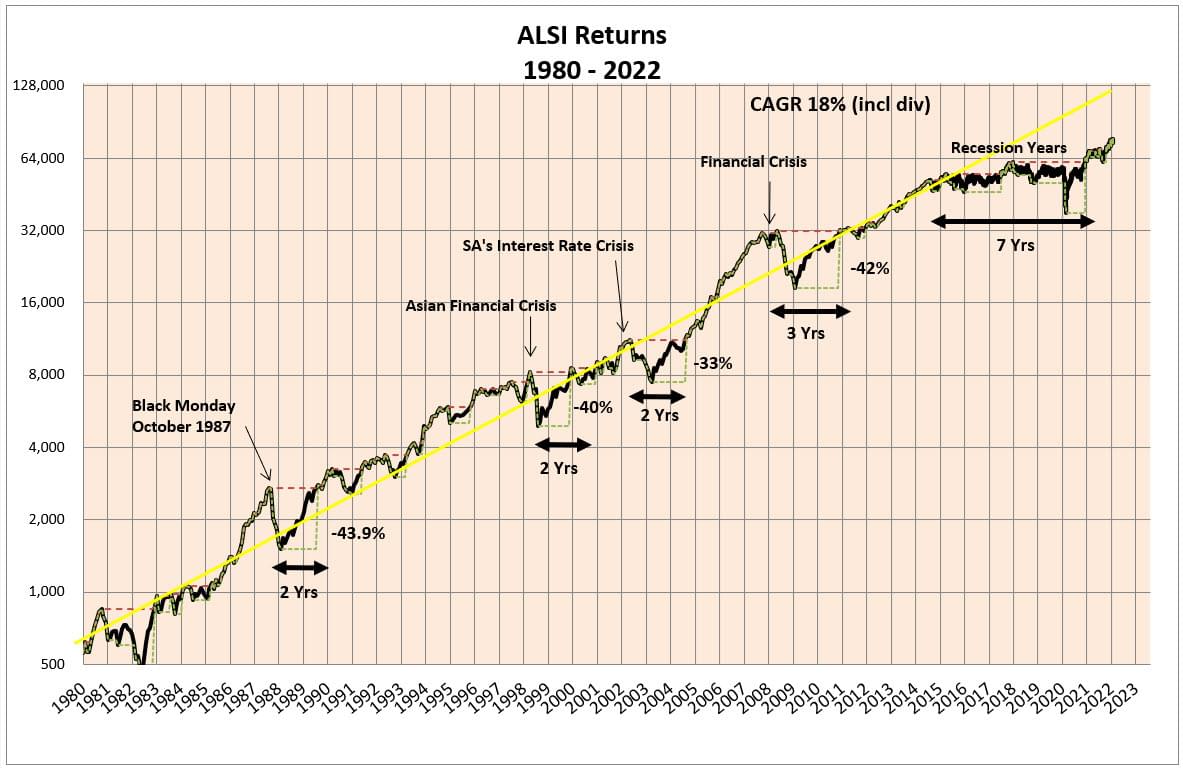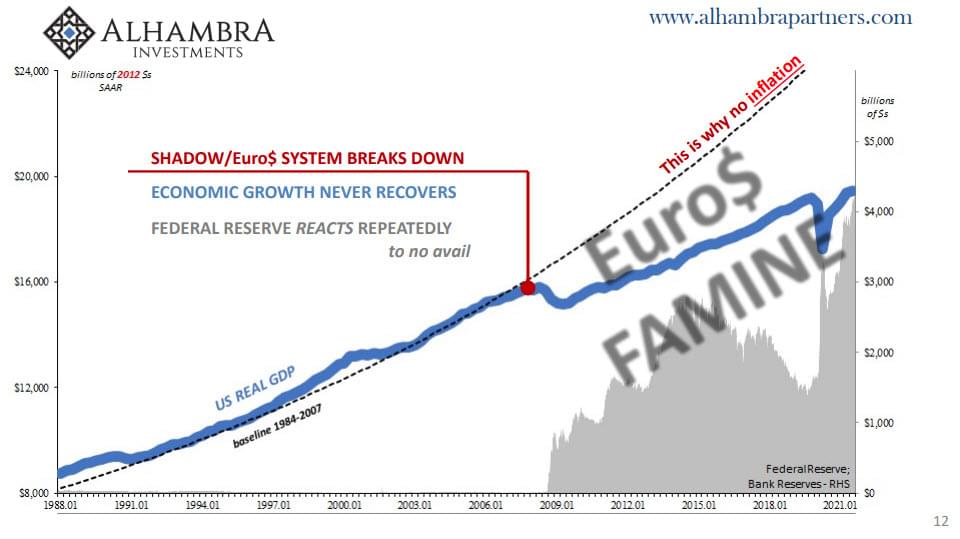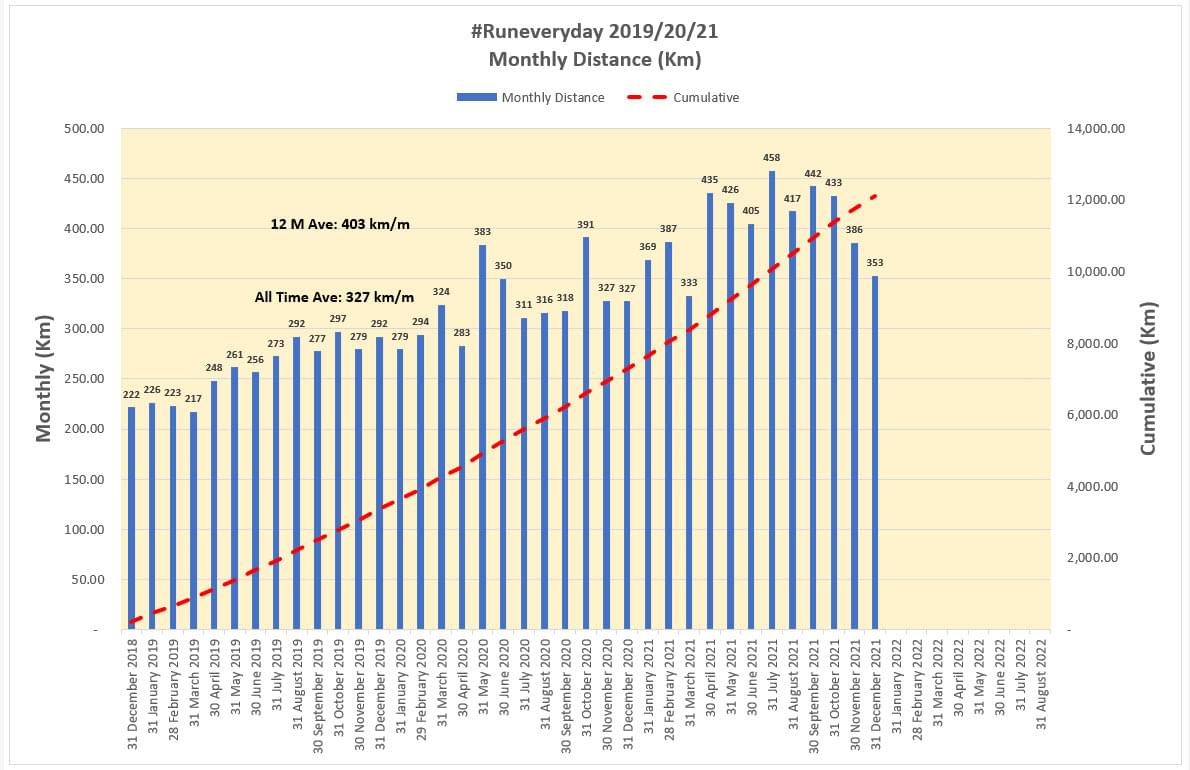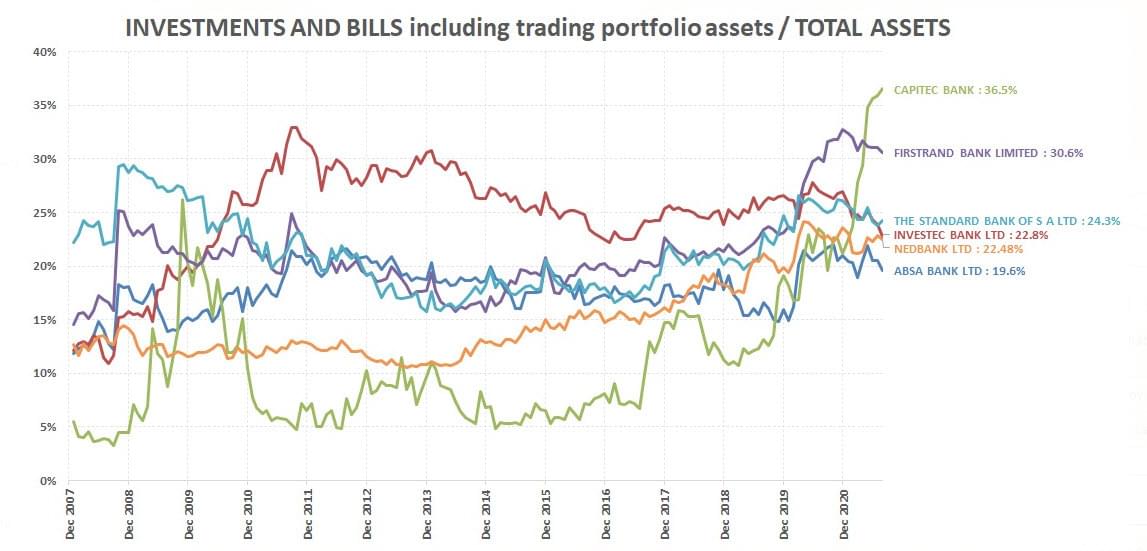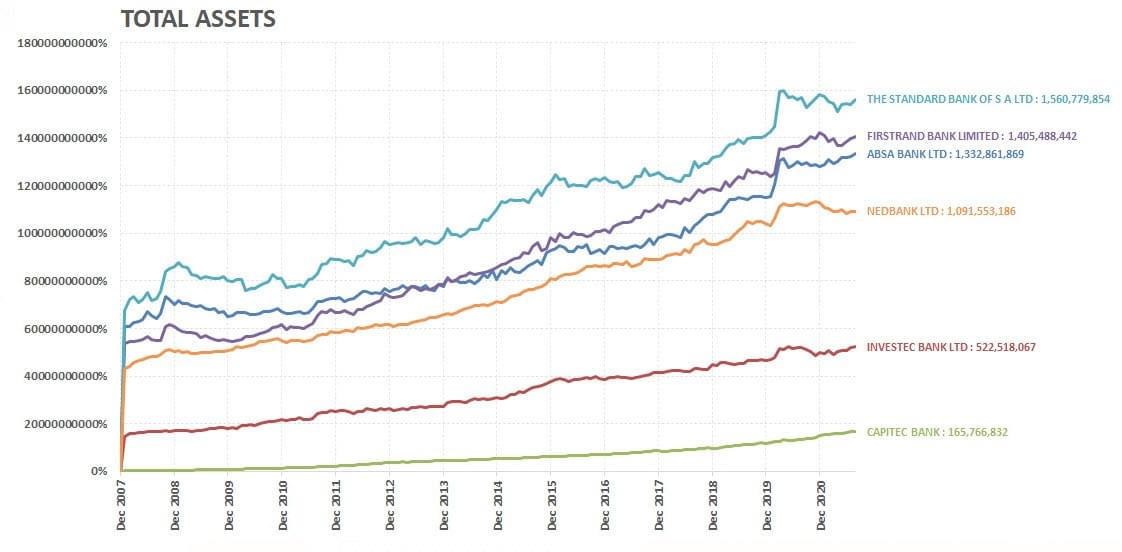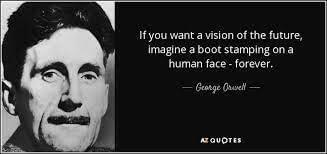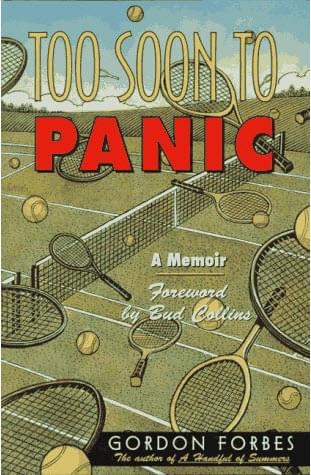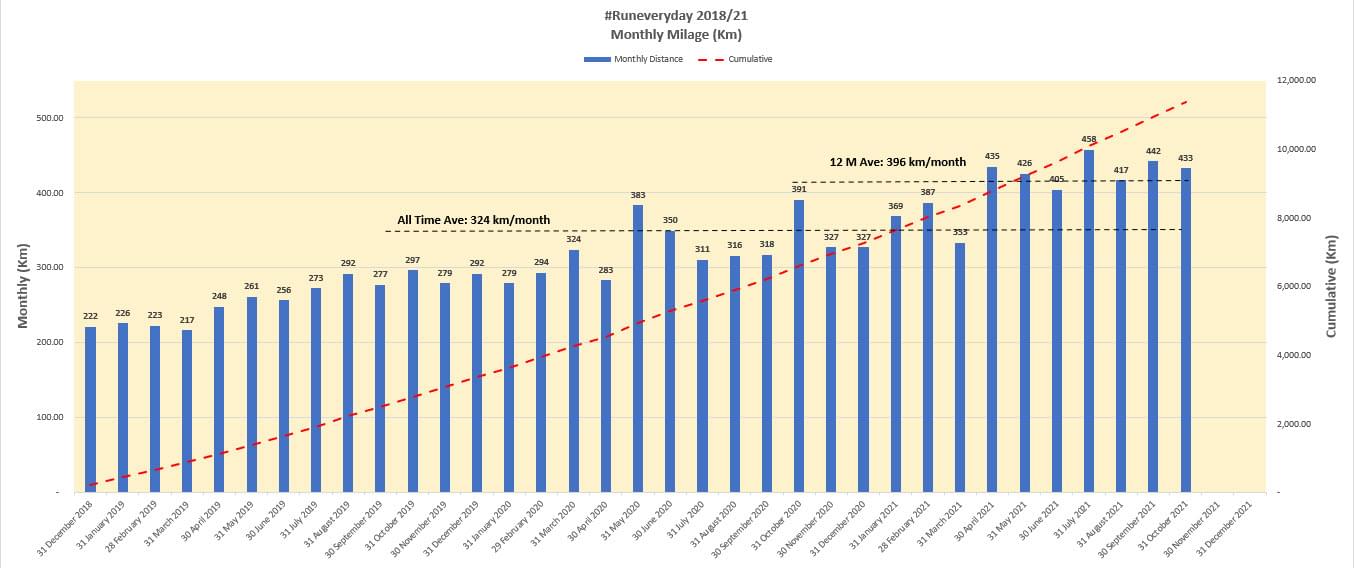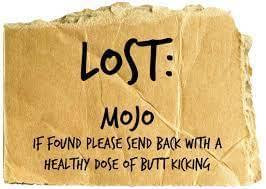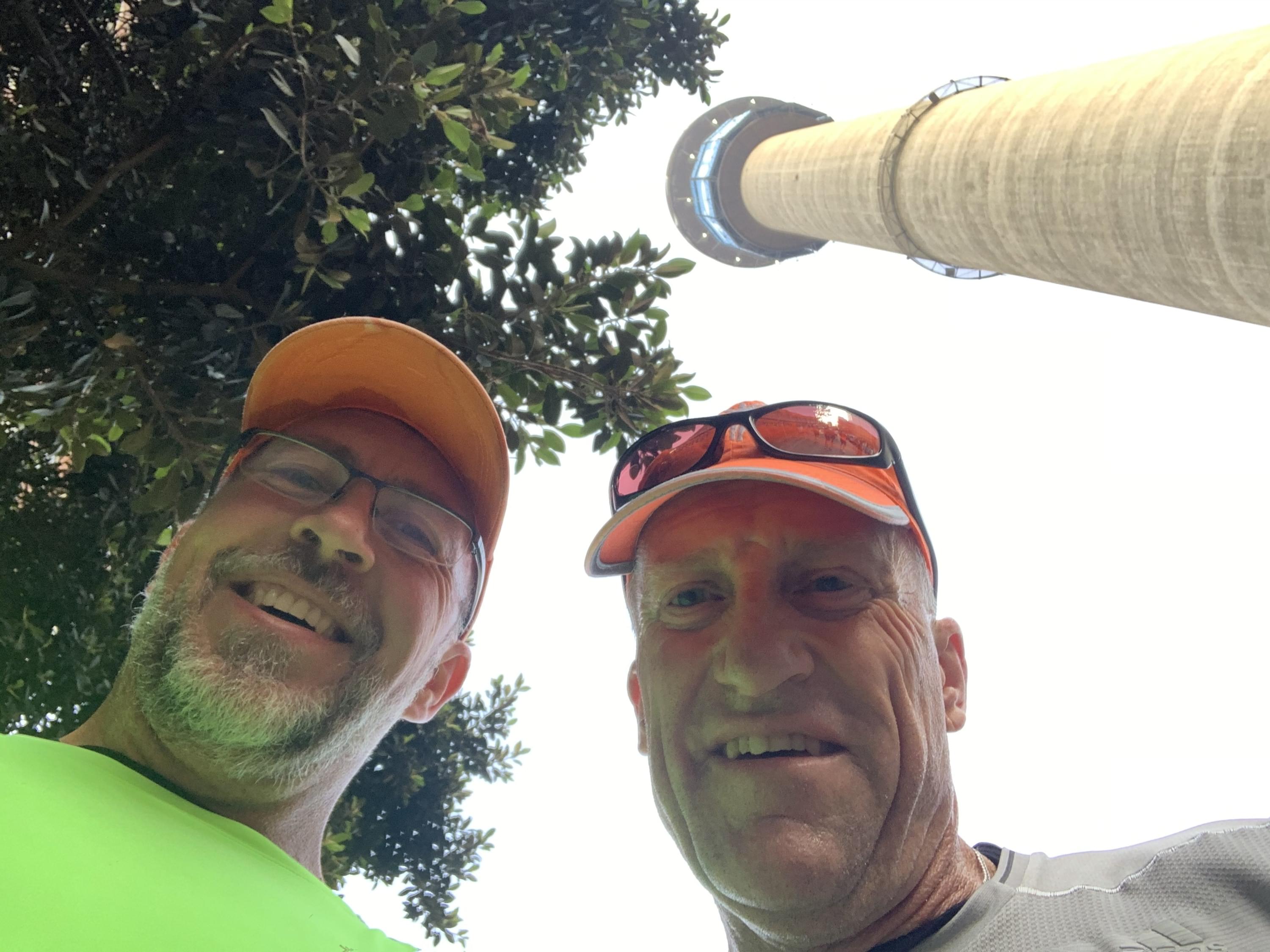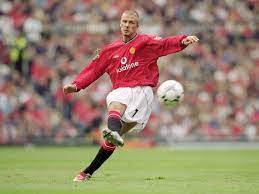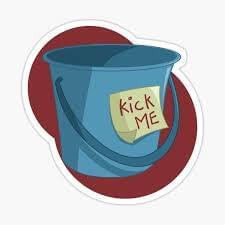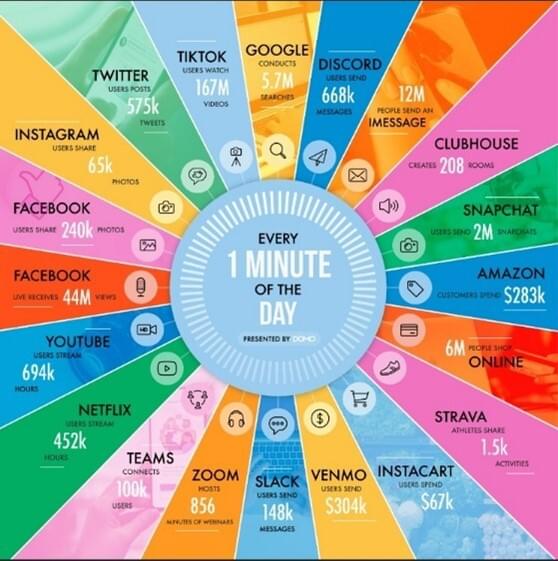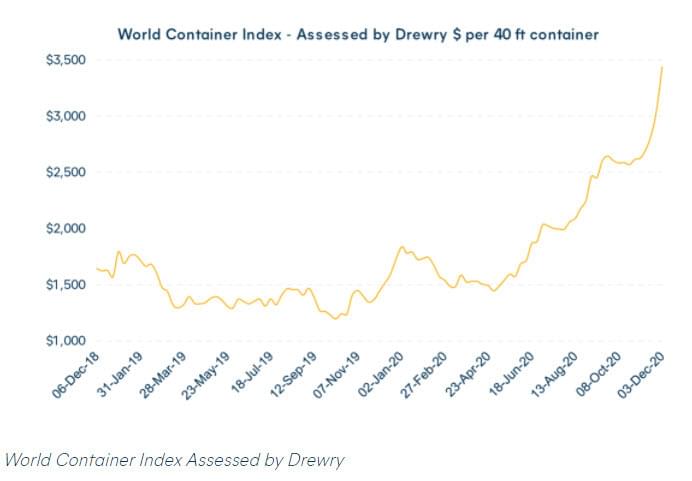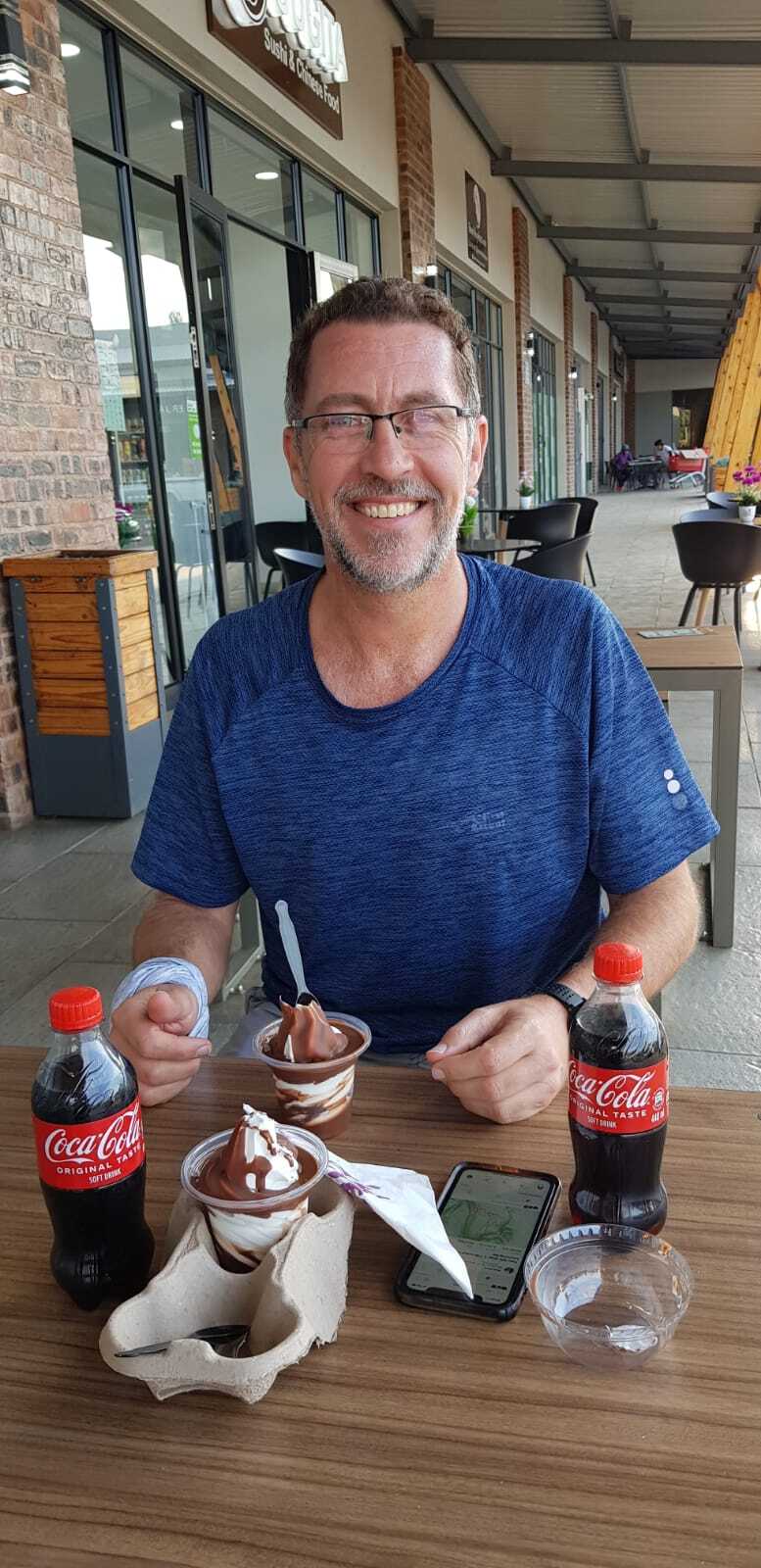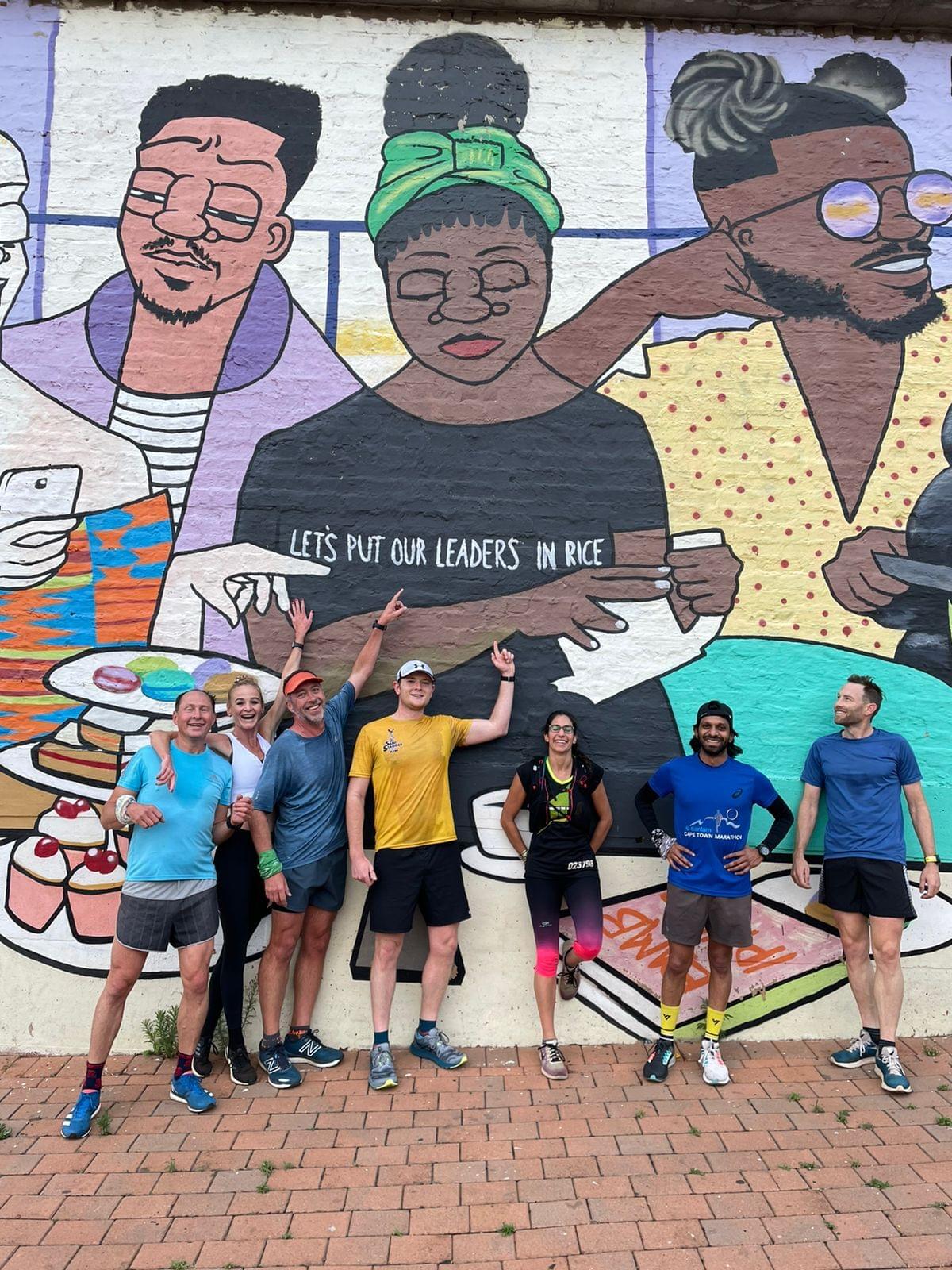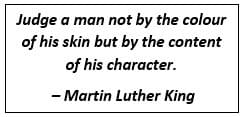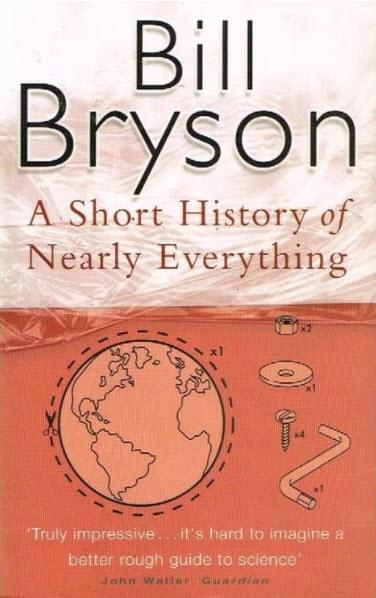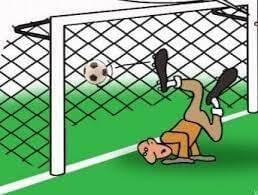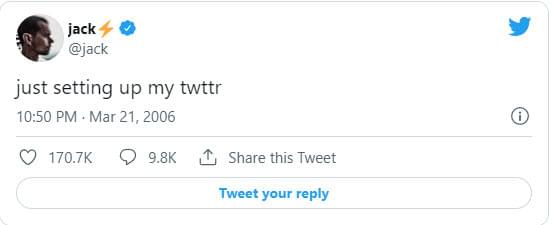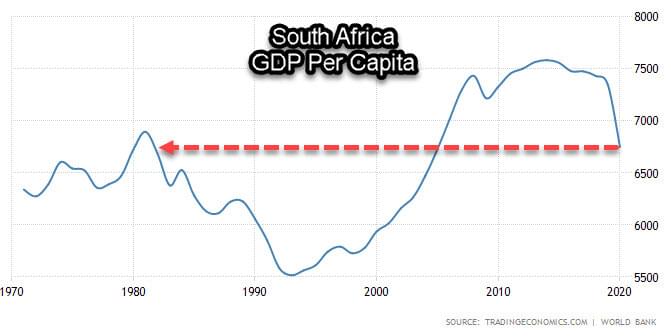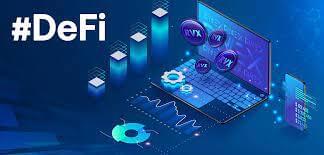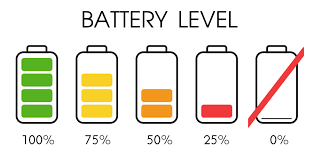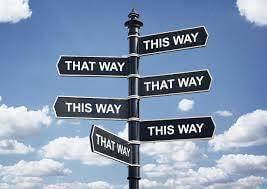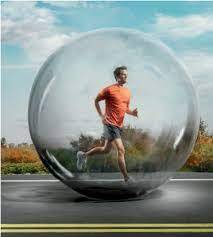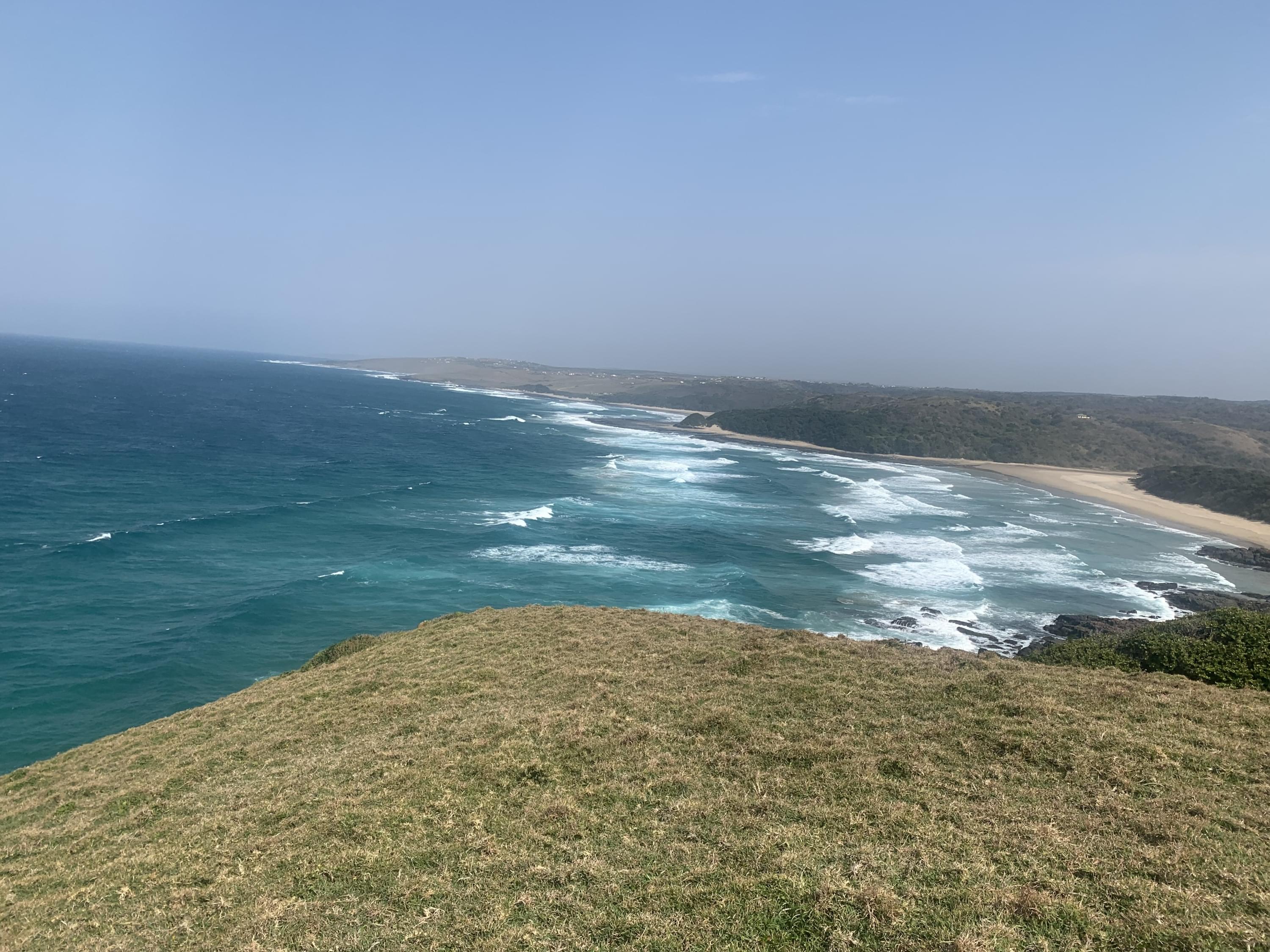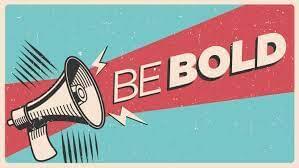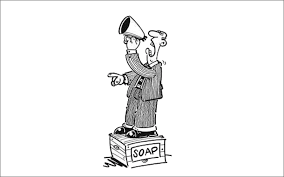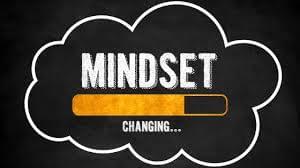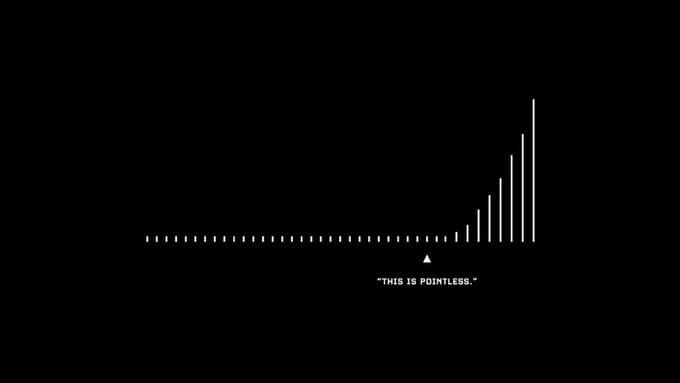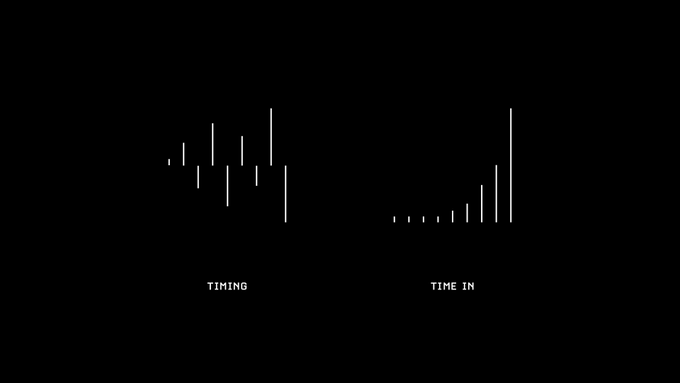A superstition is a belief or practise that is irrational and is attributed to magic. Superstitions are often based on fear and are attributed to practises surrounding astrology, fortune-telling, spirits, and religion.
In Cricket, batters fear being dismissed on the score of 111.
The source of the superstition as it relates to Lord Nelson is that he lost an arm and an eye in various battles. A rumour started that he had lost a leg too, but this is untrue. The combination of one eye, one arm and one leg made the triple one combination. In Cricket, the three stumps that make up the wickets look like 1 1 1. The link appears tenuous.
The more plausible source of the superstition is a cricket team from Nelson that played first-class Cricket in New Zealand. The cricket side was dismissed for 111 runs in their first and last innings in the league.
Here is an interesting superstitious number combination that relates to South Africa. On the 11th November 2011, in a test match between Australia and South Africa, at 11:11, South Africa required 111 runs to win. The scoreboard read 11:11 11/11/11.
It seems that cricketers have a propensity for superstition.
Steve Waugh, the highly successful Australian captain, kept a red handkerchief in his pocket. It was given to him by his grandmother, and he believed that it brought him luck.
Rahul Dravid, an Indian batter, always put his right thigh pad on first when preparing to bat.
Sachin Tendulkar, on the other hand (or leg), would put his left pad on first.
Lasith Malinga, the Sri Lankan fast bowler, was known for kissing the ball before each delivery. In times of Covid, that would prompt public health officials to ban Cricket as being too dangerous. The risk of infecting other players would be horrendous – trust the science.
Our home-grown cricketing star, Kevin McKenzie, was superstitious about standing on white lines, including the batting crease. That is awkward for a batter. His teammates once taped his bat to the ceiling of the changing room. He scored century the next day. This allegedly prompted a superstitious ritual where he would tape his bat to the ceiling every night before an innings.
Fear is a funny thing. It prompts us, humans, to behave irrationally. Steve Waugh believed that he wouldn’t be successful without his red hankie in his pocket. The behaviour is self-reinforcing. If that is what it takes, then go for it. If we went around pointing out everyone’s irrationality, then we would have time to go to church.


